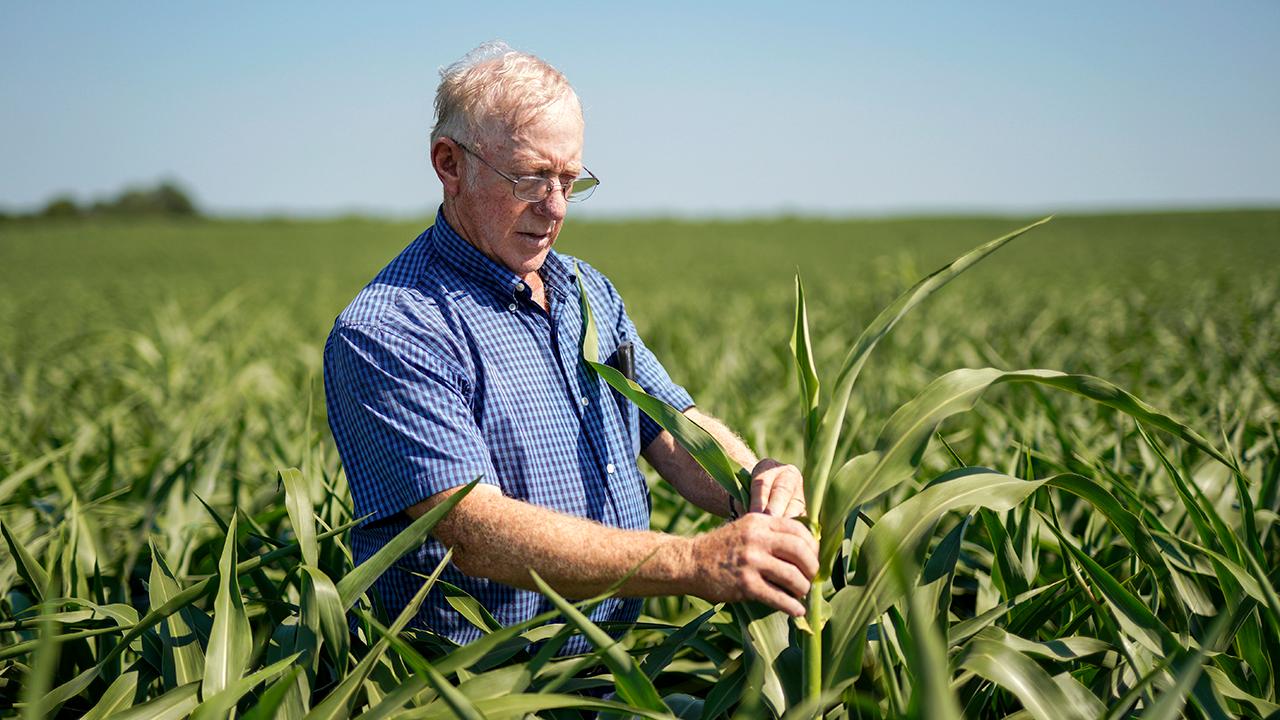Farmers still uncertain, despite Trump-EU trade deal
President Trump may have struck a deal with the European Union to drop trade barriers and increase the number of U.S. imports, but some American farmers remain uncertain about what that means for their businesses.
During a press conference on Wednesday, Trump and European Commission President Jean-Claude Juncker announced an agreement between the two economic partners to work together towards “zero tariffs, zero non-tariff barriers and zero subsidiaries on non-auto industrial goods.”
But to Brian Duncan, a hog farmer from Illinois, those promises still left so much room for uncertainty -- like whether agriculture would be included in negotiations.
“It’s going to be the devil's in the details,” Duncan said during an interview with FOX Business’ Neil Cavuto on Saturday.
Although Trump told a crowd in Iowa on Thursday that he “opened up Europe” for farmers, European officials seem to disagree: According to The Wall Street Journal, Mina Andreeva, the European Commission spokeswoman, told reporters on Friday that agricultural products were not part of negotiations.
“There’s just so many unknowns, and just like with the aid package the president announced on Tuesday, you know, we don’t know enough of the details yet to say how that’s going to benefit [farmers],” Duncan said.
Economic relationships between the U.S., the EU and China have been tense since Trump announced in February plans to impose tariffs worth 10% on aluminum and 25% on steel. Both the EU and China responded in kind by slapping their own tariffs on American goods.
One of the biggest targets of the China tariffs have been farmers; for instance, Beijing is the biggest buyer of U.S. soybeans, importing more than $12.4 billion worth of the oil seed in 2017, according to the Peterson Institute for International Economics. But in response to Trump’s tariffs, China retaliated with a 25% tariff on soybeans.
To counter the effect of the tariffs, the Trump administration is rolling out $12 billion in aid for the agricultural sector. The aid program will go into effect on Sept. 4, right after Labor Day. Between $7 to $8 million of that will be paid directly to producers of crops like soybeans, corn, wheat, dairy and pork, and the U.S. government will use the rest of the money to buy commodities and distribute them to food banks and healthy school programs across the country, according to U.S. Agriculture Secretary Sonny Perdue.
“The timing wasn’t good for agriculture,” Duncan said. “And you know, I’d say that’s why we were pretty adamant from the beginning that there’s a better way to go about this.”




















